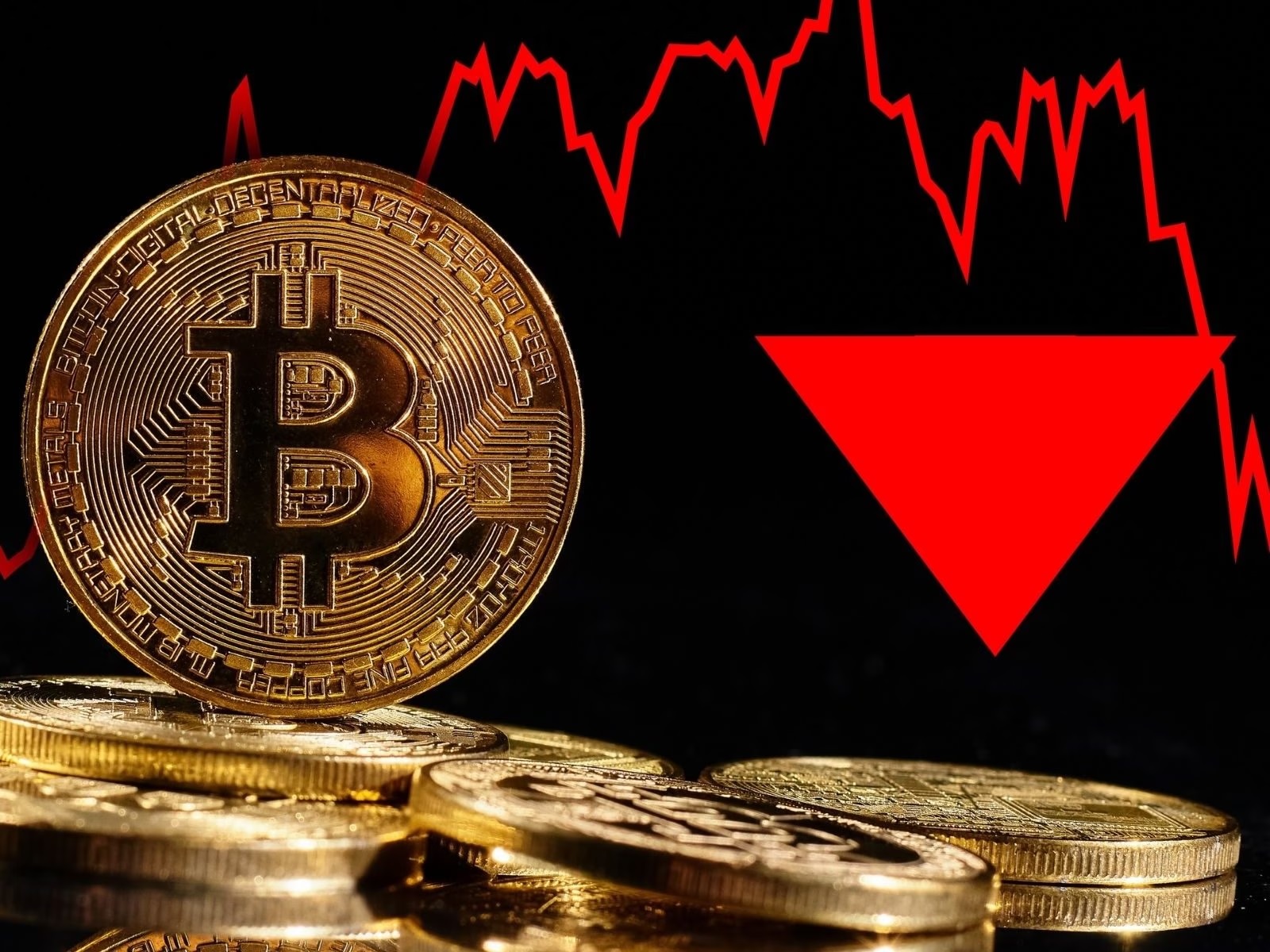Why the top 10 cryptocurrency leaders are declining

One of the key reasons for the decline in cryptocurrencies is related to the global economic situation. During periods of economic instability, investors tend to be more cautious and begin to withdraw their funds from riskier assets.
Although digital assets are often seen as an alternative to traditional financial instruments, they remain high-risk assets. When the global economy faces challenges, investors may prefer safer assets like gold or bonds, leading to a drop in prices of virtual assets.
Regulatory pressure creates uncertainty that can significantly erode market confidence. The anticipation of potential bans or restrictions prompts market participants to sell their crypto assets, fearing losses if stringent measures are implemented. Additionally, prolonged disputes with cryptocurrency exchanges and account lockouts for users contribute to capital outflows from the market.
The crypto market frequently experiences periods of rapid growth followed by corrections. Market leaders have shown exponential price increases in recent years, attracting new investors. However, every bull market eventually encounters a correction when investors start to take profits, resulting in falling prices.
This process is natural for any financial market. After a significant rise, a pullback inevitably follows, as supply begins to exceed demand and prices adjust to a more sustainable level. This is especially true for cryptocurrencies, where volatility is much higher than in traditional markets.
Digital assets are increasingly correlating with traditional financial markets, such as stock exchanges and bond markets. When traditional markets experience crashes, it can also reflect on the crypto market.
Recently, there has been a growing relationship between the prices of virtual assets and stock indices. This can be attributed to the fact that many institutional investors who have begun to actively invest in cryptocurrencies are also engaged in traditional markets. When they face losses in the stock market, they may start selling their crypto assets to cover losses or reduce risks.
Many digital assets face scalability issues. As the popularity of blockchain technology grows, the strain on networks increases, leading to delays and high transaction fees. If a network cannot handle the load, it diminishes its appeal to users and developers, potentially resulting in capital outflows and price declines.
The cryptocurrency market is subject to intense emotional fluctuations. When prices start to fall, this can trigger mass panic selling, especially among less experienced investors. In the absence of fundamental analysis and a long-term strategy, they may sell off assets in a panic, further exacerbating price drops.
The decline in the top 10 cryptocurrencies is driven by a multitude of factors, ranging from global economic uncertainty and regulatory pressure to technical issues and emotional reactions from market participants. Their prices can fluctuate in response to various external and internal events.
Latest news
-

Profitable trading bot
Trading in financial markets is becoming increasingly accessible, and many market participants are striving to automate their processes for greater efficiency. One of the most popular solutions is the use of trading bots—a program that trades on exchanges or activates pre-set algorithms. However, creating and configuring a profitable bot is no easy task. This software […]
-

Own Cryptocurrency Trading Strategy
Trading in market attracts millions of traders worldwide due to its high liquidity, 24/7 operation, and the potential for leveraging capital. However, to trade successfully in this market, one must establish a clear and consistent trading dynamic. Forex trading is a dynamic process that requires flexibility and ongoing market analysis from traders. Once you develop […]
-

Cryptocurrency trading bot
Trading cryptocurrencies is becoming increasingly popular each year. Given the high volatility of cryptocurrency markets and their 24/7 availability, traders are constantly seeking tools that help them trade faster and more efficiently. One such tool is the cryptocurrency trading bot—a program that automates the buying and selling of assets on cryptocurrency exchanges. A cryptocurrency trading […]
-

Trading signals in Telegram
Trading signals are becoming increasingly popular in the toolkit of traders in financial markets, particularly in the cryptocurrency space. Telegram, as one of the leading messaging platforms, has emerged as a primary source for receiving these signals. Trading signals on Telegram are delivered through specialized channels or groups, where users receive alerts about profitable trading […]

